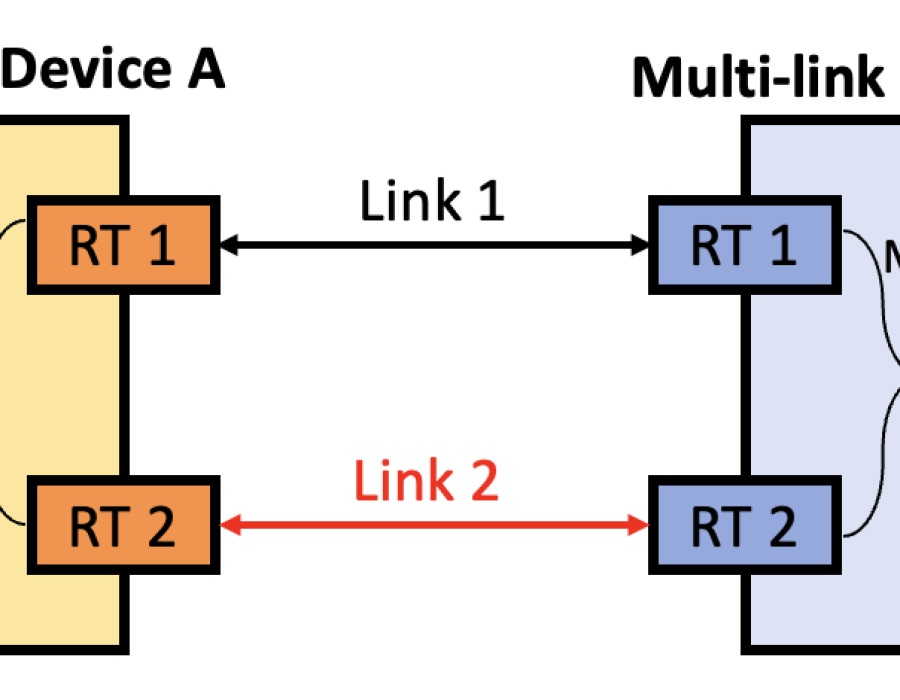Wi-Fi has become an integral part of our daily lives, providing convenient wireless connectivity for homes, businesses, and public spaces. With the widespread use of Wi-Fi, ensuring the security of wireless networks is crucial to protect sensitive data and prevent unauthorized access. Wi-Fi Protected Access (WPA) is a security protocol designed to enhance the security of Wi-Fi networks. In this article, we'll delve into what WPA is, its importance, how it works, and the benefits it offers for secure wireless connections.
What is Wi-Fi Protected Access (WPA)?
Wi-Fi protected access) is a security standard developed to improve upon the earlier Wired Equivalent Privacy (WEP) protocol, which had significant vulnerabilities. WPA was introduced to address these weaknesses and provide stronger encryption and authentication mechanisms for Wi-Fi networks.
Importance of Wi-Fi Protected Access (WPA):
Data Confidentiality: WPA encrypts data transmitted over the wireless network, ensuring that sensitive information such as passwords, financial data, and personal details remain confidential.
Authentication: WPA employs robust authentication methods to verify the identity of users and devices attempting to connect to the network, preventing unauthorized access.
Protection Against Intruders: WPA helps protect against unauthorized users attempting to intercept or access the network, safeguarding against potential cyber attacks.
Compliance with Security Standards: Many regulatory bodies and industry standards, such as PCI DSS for payment card data security, require the use of strong encryption methods like WPA to ensure compliance.
How Does Wi-Fi Protected Access (WPA) Work?
Encryption: WPA uses encryption algorithms such as TKIP (Temporal Key Integrity Protocol) or AES (Advanced Encryption Standard) to scramble data transmitted between devices and the wireless access point. This prevents eavesdropping and data interception.
Key Management: WPA generates unique encryption keys for each session, reducing the risk of key reuse and enhancing security.
Authentication: WPA employs a Pre-Shared Key (PSK) or passphrase that users must enter to access the network. This passphrase serves as the shared secret between users and the network, allowing for secure authentication.
Dynamic Encryption Keys: WPA can dynamically change encryption keys during a session, making it more difficult for potential attackers to decipher intercepted data.
Benefits of Wi-Fi Protected Access (WPA):
Enhanced Security: WPA provides stronger encryption and authentication compared to its predecessor, WEP, reducing the risk of unauthorized access and data breaches.
Interoperability: WPA is widely supported by most modern Wi-Fi devices, ensuring compatibility across a range of devices and networks.
User-Friendly: Setting up WPA is relatively straightforward for users, requiring them to enter a passphrase to connect securely to the network.
Compliance: Using WPA helps organizations comply with data protection regulations and security standards, demonstrating a commitment to data security.
Conclusion:
Wi-Fi Protected Access (WPA) plays a vital role in securing wireless networks, offering robust encryption, authentication, and protection against unauthorized access. As the backbone of secure Wi-Fi connections, WPA ensures that data remains confidential and secure during transmission. Whether for homes, businesses, or public spaces, implementing WPA is essential for maintaining a secure wireless environment. By understanding the importance of WPA, how it works, and its benefits, users and organizations can enjoy the convenience of Wi-Fi connectivity with the assurance of strong security measures in place.
For more info. visit us:
challenging outdoor connectivity





Comments